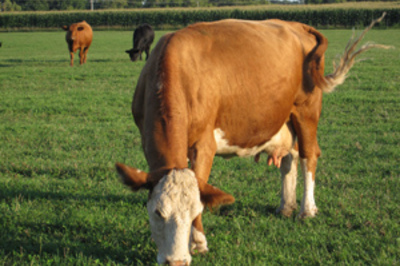
views
BANGALORE: A unique series of programmes is envisaged and executed by the Keshava Kalpa, an institution of Bharatanatya, wherein the young daughter-disciples of mother-Gurus are provided with an opportunity to perform at its own compact auditorium situated on Link Road, Seshadripuram. Sadhana, a promising and talented Bharatanatya dancer, was in her full form while performing the first programme of the series held last Sunday. Petite and well built, Sadhana is the daughter disciple of Guru Jyothi Pattabhi of Sadhana Sangama. That she has inherited the legacy of her parents was amply manifest in her exploration of the medium. In a well planned Bharatanatya concert she was aided by recorded music. She easily and comfortably packed the items with all the nuances of her dance form. Opening with a Pushpanjali, she saluted Lord Ganesha (Baalaarka koti). She sketched the Navashakthis in her devi stuti. The elegance and might of the Goddess were meaningfully portrayed refreshing the viewers. Her movements were agile and alert so that you saw the lines and formations of the teermanas clearly. Sadhana had a special pada varna for delineation. It highlighted the brother-sister bond of Krishna and Droupadi. The varna ‘Devadatta sahodara Sridhara bhaaviside naa ninnanu’ (ragamalika, khanda ekatla) brought to fore the brotherly love of Krishna for Droupadi and how He saved her in her times of distress. The sequences of Droupadi swayamvara (marriage), maanasamrakshana (disrobing of Droupadi), Akshayapaatra (involving Doorvasamuni) etc were shown as sancharees to consolidate the bhava and rasa. Her nritta and nrithya were not frills, but an integral part of the show revealing character, situation, the ravelled strands of emotion in each. ‘Taalo taaleyya Rangayya’ (ragamalika) was fully analysed to depict the pranks of child Krishna. The input of the popular devaranama ‘Tamboori meetidava’ was evoked artistically.The father-son tabla duo: The father-son combination of veteran tabla virtuoso Pandit Nayan Ghosh and his young son Ishanth Ghosh regaled the audience at the Bharatiya Vidya Bhavana with their dexterous and delicious tabla duet. The duet was held under the aegis of Sri Rama Kala Vedike led by Pandit Ravindra Yavagal. The young lad Ishanth almost matched his father’s ideas, thoughts, rhythmic calculations and lucidity of phrasing. His little fingers and palms flitted on the tabla and made the instrument ‘speak’. Their aamads, pharans, chakradhars, tihais et al were well manipulated. As usual, both of them recited the bols too. They also rendered several compositions of different tabla maestros. The entire auditorium vibrated with an incessant flow of rhythmic creations.This was followed by a programme felicitating seasoned Hindusthani vocalist Pandit M Venkateshkumar, who was recently awarded by the Sangeet Nataka Akademi, New Delhi.Vasundhara’s dynamic performance: Veteran prima donna of Bharatanatya Dr Vasundhara Doraswamy of Mysore is a Bharatanatya dance phenomenon. She has carved a special niche for herself as a dancer, dance teacher, choreographer and exponent of Yoga, writer, organiser and a human par excellence. Even today she has been an active and dynamic performer. Her performances does not reflect her age and she displays enormous commitment. She has been a powerful bridge between classical dance, Yoga and Yakshagana. She has a rare and enviable artistic skill in evoking the bhava, rasa, raga and tala through her performances. She is blessed with a healthy dancer’s body and a pleasant countenance. Her dance is always communicative, vibrant, vivacious and vigorous. Dr Vasundhara has a postural framework worked out, without the stuffing, to give her dance a conviction. Her innumerable choreographic creations have added dimensions to the Bharatanatya dance. In her performance at the Bharatiya Vidya Bhavan for Karnataka Nrithyakala Parishath, her short dance recital, was documented for Karnataka Sangeetha Nrithya Academy.Supported by a recorded music ensemble, Dr Vasundhara showed her weight and class by selecting pieces from ancient Kannada poetry for depiction. ‘Gundannana Ragale’, an excerpt from Hariharana Ragale was a wholesome rendition. The poem ‘Aadidanaadidanu aahaa’ with the Shiva-theme was full of spectacles that exhilarated by the sweep of her own choreographic imagination. The four gathis she adapted marvelously cast the mood for the brilliantly envisaged footwork and movement. The versatile ace dancer Vasundhara’s abhinaya was profound to the core. The graphical presentation of the Gangaavatarana (descent of Ganga) was an aesthetic delight. Her pure dance was an artistic delight.


















Comments
0 comment